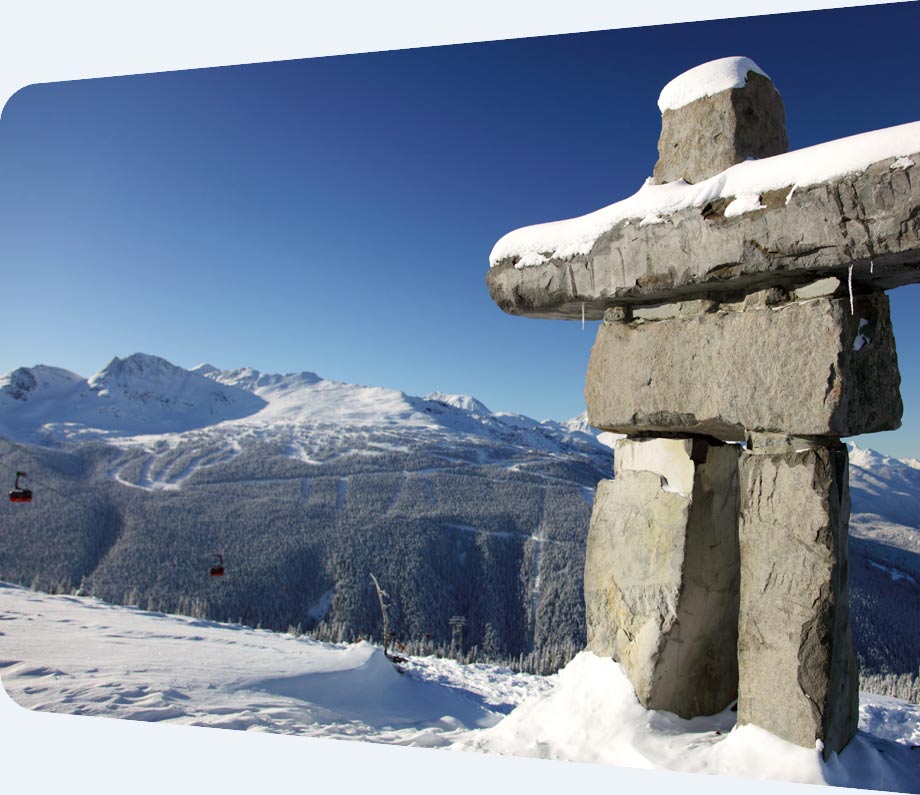Whistler
Weather Information
Current observations for British Columbia weather can be found by clicking the locations below:
Victoria Weather | Vancouver Weather | Vancouver Island Weather | Tofino Weather | Whistler Weather | Weather Resources

Whistler, British Columbia
Current weather for Whistler, BC.

Contact
Have a property you’d like to list?
EMR Vacation Rentals is always looking for additional high quality properties to add to our inventory. Drop us a line, let’s chat about how we can help you!

